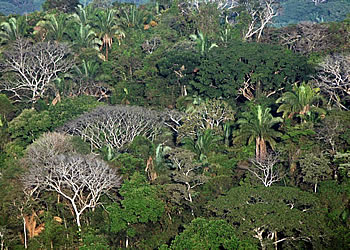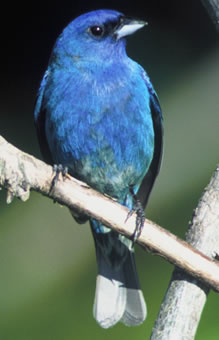Overview
The Wisconsin bird conservation connection
Most of Wisconsin’s bird species don’t live here year round; they arrive in the spring and summer months to breed, and migrate south of our state’s borders for the fall and winter. Many of these migratory birds are neotropical migrants, birds that spend the winter largely or entirely outside of the U.S., in Central America, South America, and the Caribbean.

Soberanía National Park, Panama (Joel Trick)
Neotropical migrants present some unique conservation challenges because of this migratory way of life. These birds cross state and national borders and pass through many different types of habitats. Many neotropical migrants are as heavily impacted, or more heavily impacted, by threats to habitats on their wintering grounds or migratory stopover sites as they are to threats on the breeding grounds. Effective conservation of our Wisconsin birds means that we have to concern ourselves with
all habitats that they depend upon and the threats they face, not only during breeding but also during migration and on the wintering grounds.


